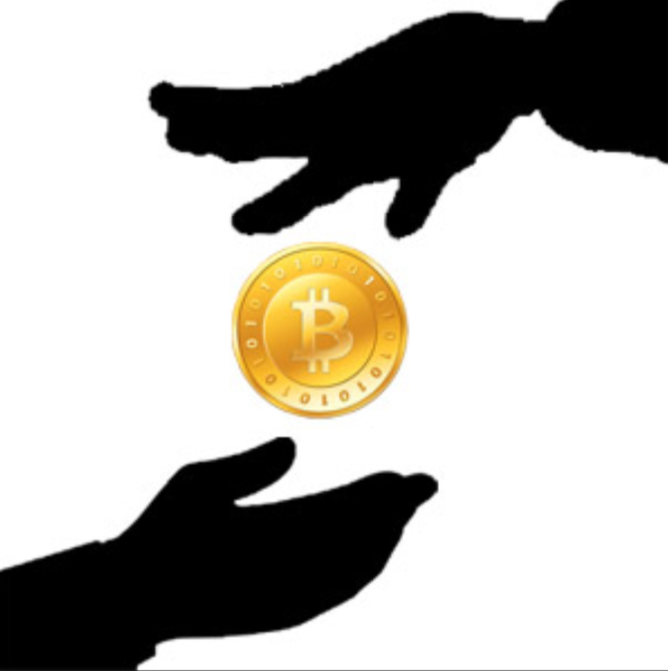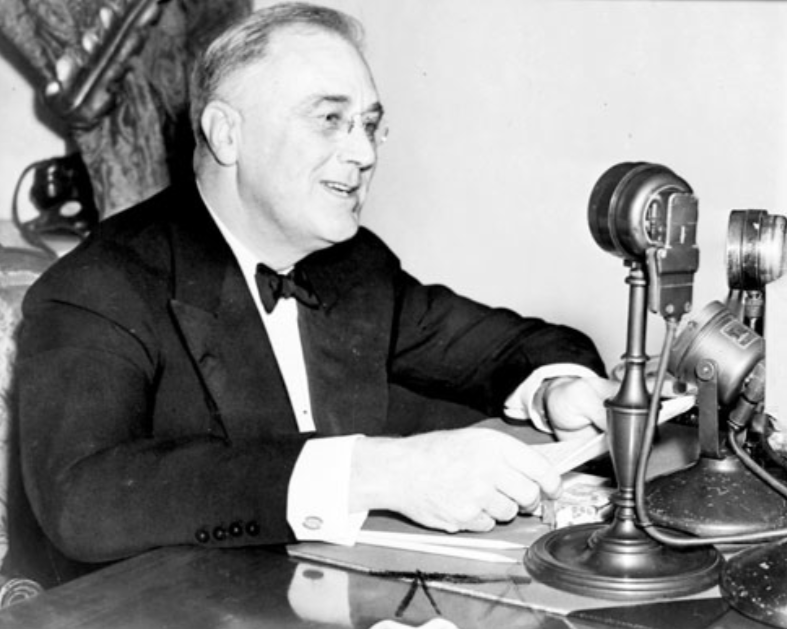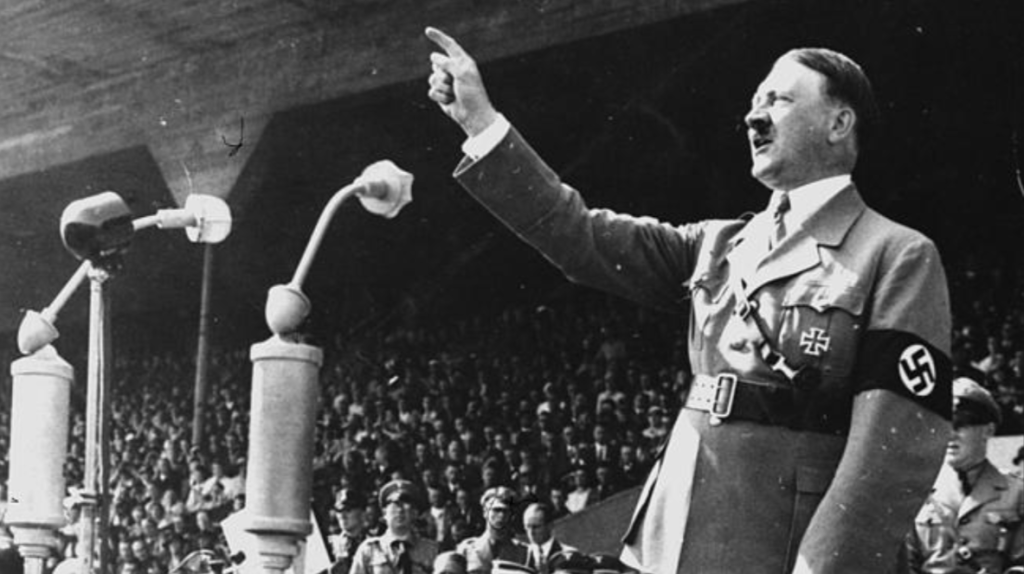A Brief Look at Leadership
Having established the understanding of the two types of authority, I want so say something about the words “leadership” and “follower.” First, I prefer to look at leadership as a function rather than as a station. Though, I may have provided the overall vision for the project and consistently took the responsibility to ensure stewardship of the overall direction, I was not the “leader” in the conventional sense. I also do not consider those who contributed to the vision to be “followers”. Rather, I look at my role and function as providing direction on the macro level and sometimes on the micro level, while others offered direction on the micro level and sometimes on the macro level. It would be disrespectful and inaccurate, in my view, to reduce intelligent adults with vision and expertise to the role of “followers”.
Still, the words “leader” and “leadership” are the norm in describing the phenomenon of vision, guidance and follow-through, so I’ll stick to those terms.
In this section I want to explore the different theories around leadership and introduce different categories of leadership styles (which could also be called theories, models or frameworks), followed by an exploration of an approach to leadership that is steadily gaining recognition among prominent leadership scholars. I will then place these various frameworks and their practice within the real-life context of stewarding the “Eleventh Hour Shine” recording project towards a fully-realized vision.
Leadership Theories and Styles
The following list of leadership styles is not exhaustive, but it covers the major categories studied by scholars. These styles can be present in individuals with either formal or informal authority, and more than one can manifest at different times in a single individual. It can be helpful to think of each item on the list as representing the consistent leadership style favored by a single individual or as a leadership mode manifesting at different times within the individual. It can also be said that these modes can be -and often are- exercised by those with informal authority within a group or organization. As we will see, virtually all major contributors to “Eleventh Hour Shine” stepped to the plate at one time or another, and took stewardship of the process.
I will provide hyperlinks to each category which link to wikipedia and other relevant websites to direct the reader to resources that explore these theories in more detail. In each category, I will provide a brief description.
Laissez Faire/Delegative Leadership
This leadership style seems to be the most prevalent in large bureaucracies. The words Laissez Faire come from the French and mean “let” (laissez) “do” (faire). The phrase was born from a French economic philosophy which champions the idea that an economic system should take its own course without regulation or interference.

As far as leadership is concerned, this style has some merit in that the leader chooses not to micro-manage or interfere with subordinates. Rather she allows the activities of the organization/project to take their own course and trusts people to do what is needed. If the right people are hired or brought onto a project or organization -people with an internal locus of value and intrinsically high standards- then this mode of leadership might be effective. Problem is, this is rarely if ever achieved.
Projects, businesses or organizations with this style of leadership are destined to fail because this mode of leadership doesn’t take into consideration the following factors: 1) There are certain personality types that thrive on clear and directive guidance from people with formal authority. 2) The lack of direction and oversight almost always breeds a power vacuum in which informal authority can be seized by unscrupulous individuals with psychopathic tendencies. This is why workplace bullying is so prevalent in public bureaucratic institutions.
This mode of leadership is often found in “middle management”, especially in large bureaucracies. It is a strictly rules-bound method of leading a project or organization. The principle is simple. If you do X, you will receive Y. If you fail to do X, you will receive -Y.
Rewards and consequences are the name of the game, and “the way we do things here” is the way we will always do things here. If you’re late, you get written up. If your sales rise above quota, you get a bonus. If you write less speeding tickets than expected, you get a written reprimand.

The problem with transactional leadership (when used exclusively as a leadership style) is that innovation and change is nearly impossible. In a constantly changing world, organizations led by transactional leaders will fail, because of the built-in, rigid and institutionalized resistance to change. It should be easy to see how quickly change agents are targeted for removal from these places.
Facilitative/Participative Leadership
Now, we’re getting closer to a style of leadership that takes people and innovation into account. Leaders who take the facilitative approach encourage the participation of all members of an organization/project in key decision-making while retaining the formal authority to cast the tie-breaking vote at any time. The idea is that those closest to the action have information that is vital to informed decision-making. Thus, dialogue and input is consistently sought and then actions are taken which take into account the information that is learned.

It should be easy to see how gratifying this can be for participants in any group endeavor, whether a rock band, a hospital, or a public university. For the most part, we can expect those closest to the ground to have developed more specific expertise in their particular skill (or job) than the formal leader. Thus, it’s important to get their input for the success of the organization. Moreover, failure to get input can also cause considerable frustration and even resentment throughout the organization. If this were to persist, the organization or group project would eventually suffer from high turnover, lack of buy-in or investment, and the potential demise of the whole enterprise.
So, participation is key to morale and mission. But, sometimes, this democratic approach is not enough, and can often lead to “analysis paralysis.” At some point, after seeking the insights of others, the leader must provide explicit guidance and direction, even if some of her decisions are not universally appreciated. Pointing the way forward from the “bully pulpit” of formal authority is especially key in times of change or crisis.
This style of leadership has powerful pros and cons. In a time of crisis or change, transformational leaders can build inspiration, commitment and a can-do attitude in those who are part of an organization or project. Much has been written about transformational leadership, and there are quite a few insights offered by leadership scholars about what transformational leadership looks like and what specific behaviors, attitudes and strategies this style entails.
James MacGregor Burns, a presidential biographer and leadership expert introduced the idea of transformation leadership decades ago, and his framework was further expanded by the work of Bernard M. Bass. Other leadership scholars have further studied the phenomenon, which has led to a further illumination of the key behaviors of transformational leaders.
Below is a list developed by these researchers of the four key behaviors. The descriptions are in my own words, but the categories are drawn from the literature.

Key Behaviors of Transformational Leaders
- Individualized Consideration – The transformational leader carefully studies his followers and searches for their gifts and strengths. Once he understands what they are capable of -and perhaps where their growing edge lies- he works steadily and consistently alongside each individual and helps to transform the latent gifts into fully realized personal visions. No one in the organization or group project is left to his own devices. Followers are individually cultivated to be the best they can be.
- Intellectual Stimulation – Transformational leaders provide a compelling framework for the way forward, clarifying and transforming visions and goals. The key here is to stimulate the thinking of the organization by satisfying the intellectual appetites of the team. Ideas are carefully crafted with an eye on the mission, and virtually no ground is left uncovered. There is no ambiguity around “why we are here.”
- Inspirational Motivation – To be truly transformational, a leader must inspire her followers. This behavior is similar to individualized consideration, but the key difference is that the attention is paid to the macro-ideals and values that inform the organization’s mission and goals, in addition to the micro-attention to individuals characterized by individualized consideration. Here, the transformational leader points to societal goals, shared values, and humanity’s deepest aspirations. Inspirational motivation goes a long way in transforming an organization, especially in times of crisis.
- Idealized Influence – This aspect of transformational leadership brings to light the centrality of the leadership-followership paradigm in this style. There is no question that there is a key figure in the organization or enterprise and that she has become the model for the organization’s values, norms and commitments. Simply stated, the leader promotes, expresses and inhabits certain values and behaviors. And the followers -learning by example- eventually emulate and potentially elevate those values and behaviors. Put another way, the transformational leader intentionally influences her followers towards the adoption of specific ideals and becomes the expression of those ideals.
Transformational leaders have made a significant impact on our world from the beginning of time. In all domains of knowledge, social policy and morality, these leaders have inspired others towards greatness, building cities and nations, ending slavery and other forms of injustice, and boldly expanding knowledge of humanity, even at the expense of death or ridicule.
But, to put it bluntly, transformational leadership can be dangerous.

Franklin Delano Roosevelt presided over the United States during the Great Depression and most of America’s involvement in World War II, and is almost universally credited with saving the economic system of the United States and inspiring a nation to collectively roll up its sleeves and work together to defeat fascism abroad. FDR was without a doubt, a profoundly transformational leader, and he is frequently pointed to as an example of this style par excellence by leadership scholars.
But, so was Adolf Hitler, the Chancellor of Germany and the chief architect of the most devastating war and large-scale murder in the history of the world. Like Roosevelt, Hitler provided intellectual stimulation, mentored his closest followers (consideration), provided inspirational motivation to the masses, and became the model of the very ideals he promoted in his speeches and policies.

In my understanding, the dark side of transformational leadership can be mitigated by promoting awareness of the dangers of authoritarianism and the need for leaders to encourage others to lead. Ultimately, the best transformational leaders work to build transformational leadership in their followers and leave behind a legacy that outlasts themselves. In other words, to be genuinely transformational and positive, leaders should steadily work to make their own selves obsolete.
Admittedly, this is extremely hard to do, which is why transformational leadership so often devolves into the dark side of charismatic leadership.
This style (or mode) of leadership is difficult to define because it involves what Carl Gustav Jung called participation mystique, the amorphous area of psychological co-participation that involves intense relationships between leaders and followers. This is not necessarily a bad thing, especially if the leader works to hold in check his charismatic energies and remains respectful of the autonomy, intelligence and self-power of her followers. Charismatic leadership can be a potent antidote to organizational malaise (and perhaps corruption) and can help set things right again under the best of circumstances. This style of leadership is often the result of personal attributes and can be seen as a mode of interaction within the overall spectrum of transformational leadership. Charisma can be powerful indeed when building up individuals and championing a bold, new vision.

But, the problem with charismatic leadership is that it often becomes “all about me.” If the leader is set up as the end-all-be-all, then there is little room for others to grow or to become leaders in their own right. In addition, followers may eventually give up their own critical thinking capacities by taking in a totalistic ideology that the charismatic leader has inculcated in them. This problem has surfaced time and again in businesses, public institutions and spiritual/religious organizations.
To learn more about this phenomenon, I would recommend a book called “The Guru Papers: Masks of Authoritarian Power” by Joel Kramer and Diana Alstad. This book is not against spiritual teachings or teachers (nor am I, especially in the current era of cynicism and selfish ideals). But, the authors use the guru/disciple model as a foundation for the argument that man must be free from undue influence if humanity is to further evolve. The guru-disciple model of Eastern religions and the Western esoteric tradition is useful because this model best exemplifies the dark and bright sides of authority. “The Guru Papers” goes beyond this particular model and further explores in a lucid way our “inner authoritarian” -the small child in each of us that wants a surrogate parent to take care of us and to think for us, so that we can feel stable and secure in a ceaselessly changing, sometimes frightening world.
For more on the subject of freeing the self from authoritarianism, the reader may wish to check out “Escape from Freedom” by Eric Fromm. This book is drier, but a really exciting read intellectually as it takes the reader further into the existential and philosophical dimensions of breaking free to a life of authenticity.
This philosophy of leadership was developed by Paul Hersey, (who wrote a book called Situational Leader), and Ken Blanchard, the author of The One Minute Manager. Simply stated, situational leadership theory proposes that no one leadership framework can work all the time in all contexts. The idea is very simple. Use whatever strategy is needed in the moment. Use whatever leadership style that is needed in a particular time frame or place.
This makes good sense to me, and it’s almost self-evident. All of the above modes of leadership have their uses, after all, depending on the variables within and surrounding an organization or project.

But, there’s a vital question in all of this. For situational leadership to be truly effective, one has to have arrived at a fulcrum of personal development, in which he or she possesses the awareness, skills and insights that can best facilitate the appropriate use of various leadership strategies.
One can take the position that personal growth, awareness and maturity don’t matter, and that leaders only need to be trained in “leadership strategies” to be successful. But, this position is very hard to defend and begs the following questions:
1. Can an internal rolodex of strategies be built up over time and expertly executed by a leader regardless of the maturity and intentions of the leader?
2. Can effective leadership be ensured by generating a list of strategies that can be studied, internalized, and accessed when the need arises in a given situation?
3. If leadership can be reduced to the acquisition of strategems, are some of the tactics and strategies on the list qualitative, involving the personal development of the leader?
The situational leadership model promotes the value of utilizing all modes, styles and frameworks of leadership, but doesn’t offer a satisfying explanation around the personal qualities that need to be developed and available for a leader to make effective use of them all.
Thus, we return once again to the personal character, worldview and development of the leader himself.
Empathy as foundation for leadership
Here is the question I am asking, which is related to the central thesis of this essay.
Is there a specific overarching personal attribute or trait that can fundamentally qualify a person to take stewardship over an institution, business or group project?
I use the word “fundamentally” because I recognize that other personal attributes can and often do lead to the appearance of success or perhaps actual success for leaders of organizations, especially in the short term. Expertise in language, organization, branding, style, knowledge in a specific field, and the appropriation of industry-appropriate jargon are all useful in leading an endeavor to “success.” But, is this enough for leading a sustainable enterprise? Can these disparate skills serve as the core of sustainable leadership and its potentially beneficial impact on society?
No.
The specific, overarching attribute, or fundamental trait that truly effective and impactful leaders need to have is this one:
Empathy
While it is true, that empathy must be accompanied by the acquisition of political, linguistic, marketing, organizational, legal, and all other industry-related knowledge and skills, concern for others needs to be the foundation upon which all the other aspects of leadership stand.
I want to cover one more style of leadership on a separate page that not only exemplifies this personal quality but also generates more of it within an organization and potentially even society as a whole. To have empathy for others is to have access to profoundly important information, and as we will see, this establishes a context for truly informed decision-making.
